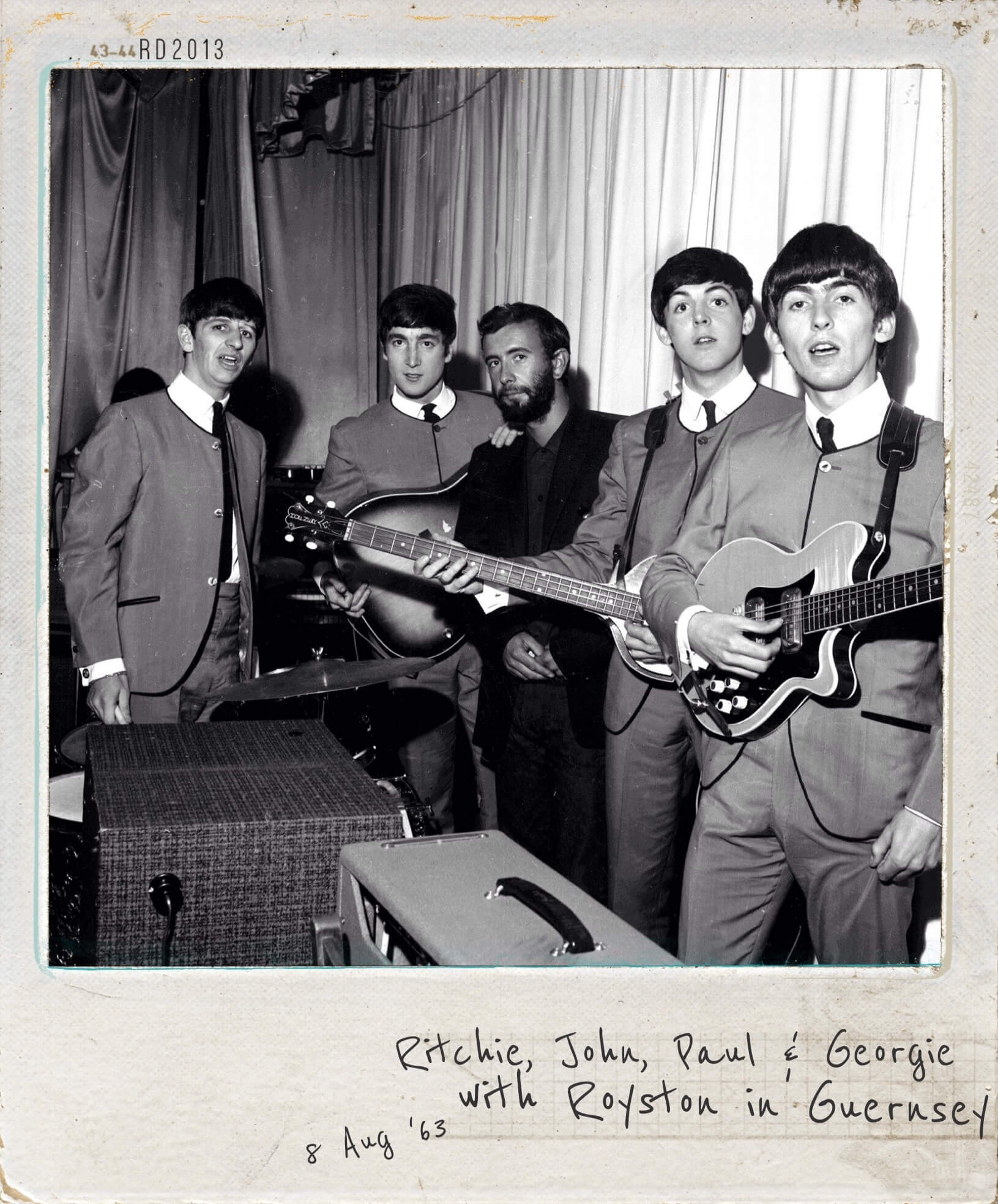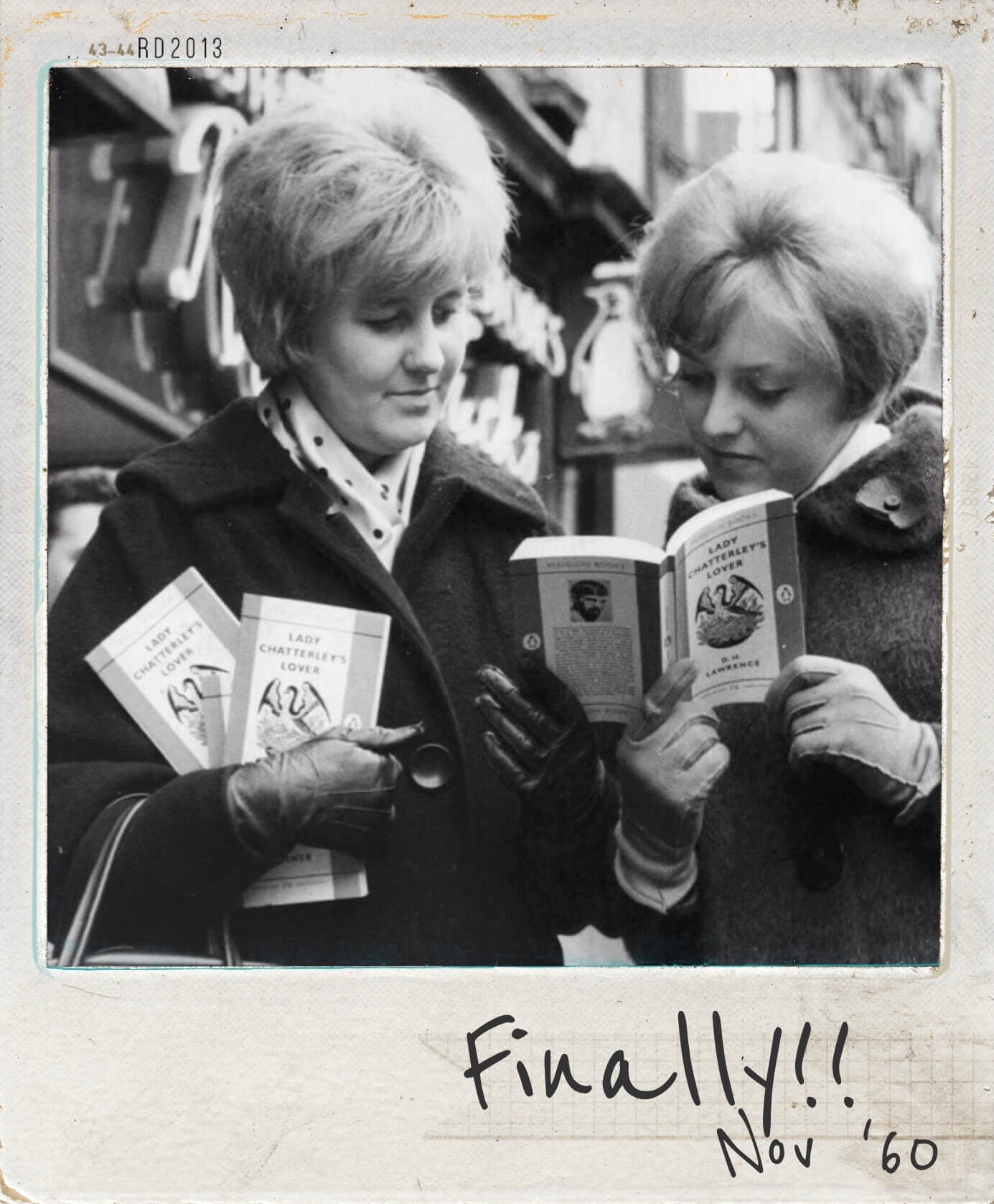
I can never read all the books I want;
I can never be all the people I want and live all the lives I want.
I can never train myself in all the skills I want.
And why do I want?
I want to live and feel all the shades, tones and variations of mental and physical experience possible in my life.
And I am horribly limited.
The girl, just like John, is an avid reader and much of their early relationship is shaped by just reading together and reciting poetry. John admires the girl's literacy and her skilful way with words but at the same time he - rightfully - teases her with being a bit of a snob, who gets all her wisdom from the written word instead of life experience.
beatnik literature
The girl's favourite author, as often mentioned in the story, is Jack Kerouac and her favourite book is On the Road. The riveting portrayal of jazz, poetry and drug use fascinates the girl immensely and even leads to her trying Benzedrine herself with John. Reading Big Sur, a novel about the protagonist's mental and physical deterioration due to alcoholism and depression despite having found success in his work, becomes a rather painful subject for the girl in the later years.

Liverpudlian Beat poet Royston Ellis is a friend of John and The Beatles and therefore the girl has signed copies of both Jiving to Gyp and Rave. It was Ellis who told The Beatles one in four men is queer although they mightn’t know it
. In Break Me In Easy this quote makes John feel very uneasy whilst the the girl seems intrigued and once again very open-minded. Her favourite poem though is Gone Man Squared which she recites so often that even John memorises some of it. In the summer of 1963, The Beatles meet Royston Ellis again and John (and the girl?) spent the night with Royston and his girlfriend, Stephanie, dressed in oilskins and polythene bags for kicks.
Both John and the girl have read Howl and Other Poems by Allen Ginsberg. She recites part of it before she takes Benzedrine for the first time. In 1965 they attend - together with Pattie and George - Allen's 39th birthday party. They are greeted by a drunk Ginsberg, wearing nothing but a sign on his penis saying Do not disturb
, to which John famously replied, You don't do that in front of the birds
. Despite that, they stay friends for a long time.
Among the girl's vast collection of prose and poetry also are Pictures of the Gone World and A Coney Island of the Mind by Lawrence Ferlinghetti (John particularly likes Christ Climbed Down, a social comment on the consumerism surrounding Jesus Christ and Christmas), Lunch Poems and Meditations in an Emergency by Frank O'Hara and Holy Barbarians by Lawrence Lipton.
existentialism
It is no wonder that the girl but also John, Stuart and of course the Hamburg Exis
- Astrid, Klaus, Jürgen - take interest in existentialism.
It explores the issue of human existence and touches upon themes like existential crisis, dread, alienation, nothingness and anxiety in the face of an absurd world and free will, as well as authenticity, courage, and virtue. It deals with the tension that we are ultimately responsible for our choices, yet lack a clear framework for knowing if the decisions we make are the right ones, or if they even matter at all. In short, it discusses topics every teenager at some point deals with.
The girl, especially in the early years, is desperate to figure out who she really is and what she wants from life. In a way she is quite insecure but has mastered the art of putting on a tough act; even John at times is fooled by her cool demeanour and nonchalance.
As John often remarks, the girl is in her head a lot, tends to overthink and worry. She knows all the answers - in theory - but sometimes lacks the courage to take action and instead relies on John to give her the final push. On the other hand, John appreciates that she can be a voice of reason and bring order to his inner chaos. That is, when they aren't larking about and being silly, something teenagers also tend to do.
Stuart Sutcliffe is an avid reader of Immanuel Kant, Baruch de Spinoza, Fyodor Dostoyevsky and Søren Kierkegaard, and while the girl read Kant's Kritik der reinen Vernunft (or at least a few chapters of it) in school, her deeper understanding of those old philosophers comes from talking to Stuart rather than reading books.
The girl's favourite 20th century existentialist thinkers are Simone de Beauvoir and Jean-Paul Sartre. Not only are they French, which the girl deems the epitome of cool as she often dresses like the French Left Bank girls (John even buys her a black beret when he's in Paris with Paul), but they also lead an open relationship and never married, something both the girl and John find quite rebellious.
The girl tried to get ahold of some of Sartre's essays but she really soaked up the conception of freedom as the ultimate aim of human existence as discussed in The Age of Reason, a book John also read even before meeting her.
Other authors who deal with existentialist ideas are Franz Kafka and Max Frisch. The girl has read Kafka's Die Verwandlung and Das Urteil, as well as Frisch's Stiller whilst still in school in Germany. She liked Frisch's style of writing so much, that she also read Homo Faber, which was published when she had just moved to Liverpool. Andorra, Max Frisch's most famous theatre play, was made into a film in 1964 but unfortunately only aired on German TV so the girl never saw it and only read the book adaption.
adult literature
John and the girl both like erotic literature but partly for different reasons.
John uses it as inspiration - he prides himself to be a better writer than Henry Miller and occasionally proves it by writing salacious letters to the girl - and a delightful way to tease the girl by making her read out obscenities and at the same time give her a gentle nudge to let go of her inhibitions and spice up their sex life. For the girl it's a way to explore her own sexuality and be open about her own preferences even if it's mostly in a roundabout, less explicit way.

A lot of the books the both of them read are actually banned due to their pornographic nature and still the girl finds ways to acquire them. This shows her passion for freedom of speech and anti-censorship.
She's amongst the first to buy D.H. Lawrence's Lady Chatterley's Lover in a Liverpool bookstore in '60, in '66 she follows the scandal surrounding Lenore Kandel's Love Book, she's outraged that A Day In The Life gets banned by the BBC due to alleged drug references and she's witness to the confiscation of artist Jim Dine's paintings as indecent
at the Robert Fraser gallery.
All personal sensitivities aside, she also follows closely the confiscation of John's Bag One lithographs and in '71 she's - just like John - a supporter in the OZ obscenity trail.

The girl's original book collection entails the popular 1906 classic Josefine Mutzenbacher, which much to John's disappointment is a German edition, Alfred Kinsey's Sexual Behavior in the Human Female, which John flips through in hopes to pick up some tricks, and the original French edition of L'Image by Jean de Berg, which the girl refers to during her licentious afternoon with John in Hamburg.
John and the girl acquire Henry Miller's The Tropic of Cancer and The Tropic of Capricorn, both books which alongside Vladimir Nabokov's Lolita were actually thrown on stage occasionally during The Beatles' concerts.
John gives the girl Marquis de Sade's The 120 Days of Sodom as a birthday present after being gifted de Sade's Dialogue Between a Priest and a Dying Man by Astrid Kirchherr.

In 1965 the girl is introduced to Terry Southern during her work at the Robert Fraser gallery. He gives her a signed copy of Candy written by Maxwell Kenton, the pseudonym of Terry Southern and Mason Hoffenberg. The girl is positively thrilled because it's a novel she's being trying to get a hold of since it was originally published in 1958.
The book proves to be a big hit amongst the Beatle People, especially Pattie Boyd, so naturally everyone is excited when Ringo stars as Emmanuel the gardener in the 1968 film adaption.
Another raunchy book adapted for screen is The Carpetbaggers by Harold Robbins which was published in 1961 and immediately acquired by the girl after she reads about Murray Schumach's review in The New York Times, stating that this book should have been inscribed on the walls of a public lavatory
.
But the book also holds a special, darker significance for the girl. Years after its publication, in 1965, the girl learns that The Carpetbaggers was the favourite book of Moors Murderer Ian Brady, which he would read to his accomplice Myra Hindley. Eerily, that's not her only link to the child murderers. Late in the summer of 1963, John, Paul and the girl make a road trip to Saddleworth Moor in the South Pennines - where Brady and Hindley had buried their victims.